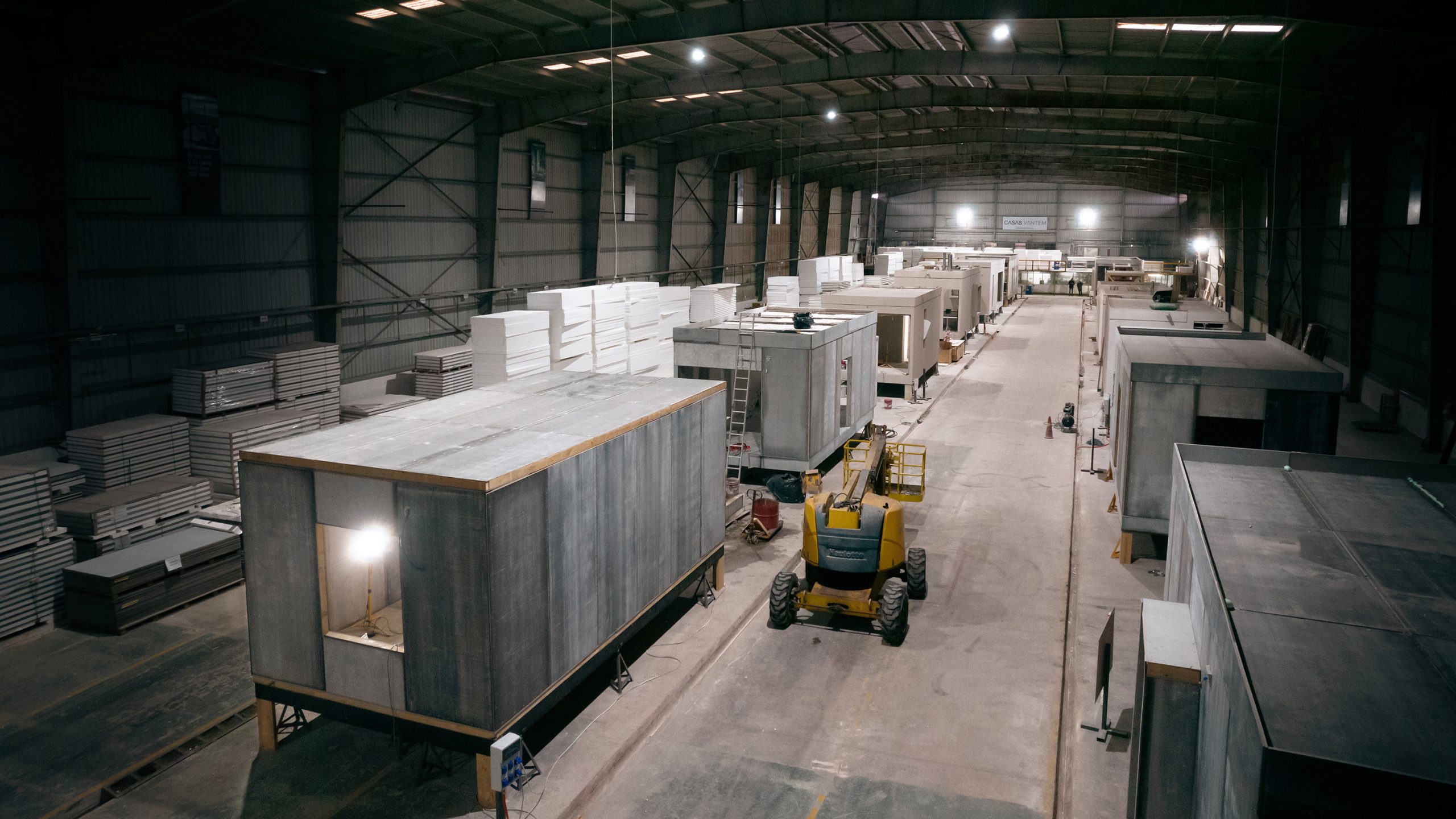Leveraging green, factory-based building to overcome labor shortages and boost developer profits.
View Original Article on HousingWire >
By Chris Anderson
The latest annual report from The Counselors of Real Estate highlights 10 major issues expected to impact the housing industry in 2024, but developers are painfully familiar with at least two of them: labor shortages and skyrocketing capital costs.
Today’s market conditions help illustrate the case for green, factory building as an effective solution for developers, especially for those who’ve put projects on hold due to rising interest rates and dried up investor pools. Transitioning to factory building from on-site construction reduces building costs by 20% and significantly improves delivery time; and by using green materials, developers can open up new financing options that, together, turn project economics right-side-up.
Addressing a dwindling workforce and increased labor costs
The United States construction industry is facing an extreme labor shortage, falling short of roughly 650,000 workers needed to drive the completion of critical residential and infrastructure projects across the country. The root cause of this shortage is multifaceted – but is largely driven by an aging work population and a lack of interest from young talent. The result is a sharp increase in labor costs, and longer construction times. U.S. developers spent an extra $30 billion to $40 billion in 2022, drastically impacting bottom lines and the ability to get new projects financed. And the problem is only getting worse.
Factory-built homes aren’t new but are severely under leveraged by developers for multi-family construction. For one, factory-based construction reduces labor costs by making work more efficient and tapping into labor pools that traditional construction can’t access. Traditional construction requires workers to move from house to house and project to project – and less time actually building. And the itinerant nature of the work makes it unattractive to a large part of the workforce.
Good factory builders, on the other hand, operate like car production lines, where the structure moves to the workers who are specialized and stationary. Those workers produce more per labor hour, which means less labor cost per square foot of structures built. And, because the work is done in one place and in more pleasant and controlled factory conditions, it is easier to attract talent, particularly people who might not usually consider construction as a profession, such as women and younger workers.
Time is also money. Factory building doesn’t just provide a developer with confidence in delivery timelines by avoiding inclement weather or scheduling delays; it can also cut build times and skilled labor hours by up to 50%. Shortening the build time means less project overhead, and less interest carry. Those are savings that go straight to a developer’s returns.
Green isn’t just the color of money – it’s the source of untapped funding
In addition to higher costs of development, projects are also sidelined because of reduced availability of bank financing, higher interest rates and investors unwilling to pick up the slack. Just a few years ago, a developer could borrow up to 80 percent of a project cost, but in today’s economic environment, only 50-60 percent of a project is likely to be financed – leaving a significant gap. Here, too, green factory building can be a solution. Energy efficient homes open the door to new and better financing options.
There are innovative factory-based builders who use materials and assembly methods that allow for significant energy savings that will endure for the life of the home or building. The energy efficiency of this type of construction makes it eligible for “green” financing. Green bonds, for example, are earmarked to raise money for climate and environmental projects, and they enable sustainably minded investors to fill the gap that traditional investors have left.
By reducing the total cost of a project with labor and materials savings and then adding better financing options, a developer can get back to delivering projects that meet financial objectives. For example, consider a project with a total cost of $50M. With traditional onsite construction and today’s capital costs, this project may only deliver an unattractive 15% IRR. But consider a scenario where factory-based construction allows a developer to reduce the total cost of the project by 10% or more and also access green financing to cover upwards of 30% – that same project could be delivering an IRR greater than 30%.
Given market conditions, it’s no surprise that multifamily construction starts are down substantially– but not for lack of demand: there’s an estimated deficit of 3.8M homes across the U.S. In other words, opportunity is knocking for developers who can structure economically viable projects. With the right factory-based, sustainable builder, it’s possible to get back to strong IRRs and sustainable profits.
Chris Anderson is the CEO of Vantem.
Originally published on July 11, 2024
To keep informed about latest news follow Vantem on LinkedIn and Instagram

